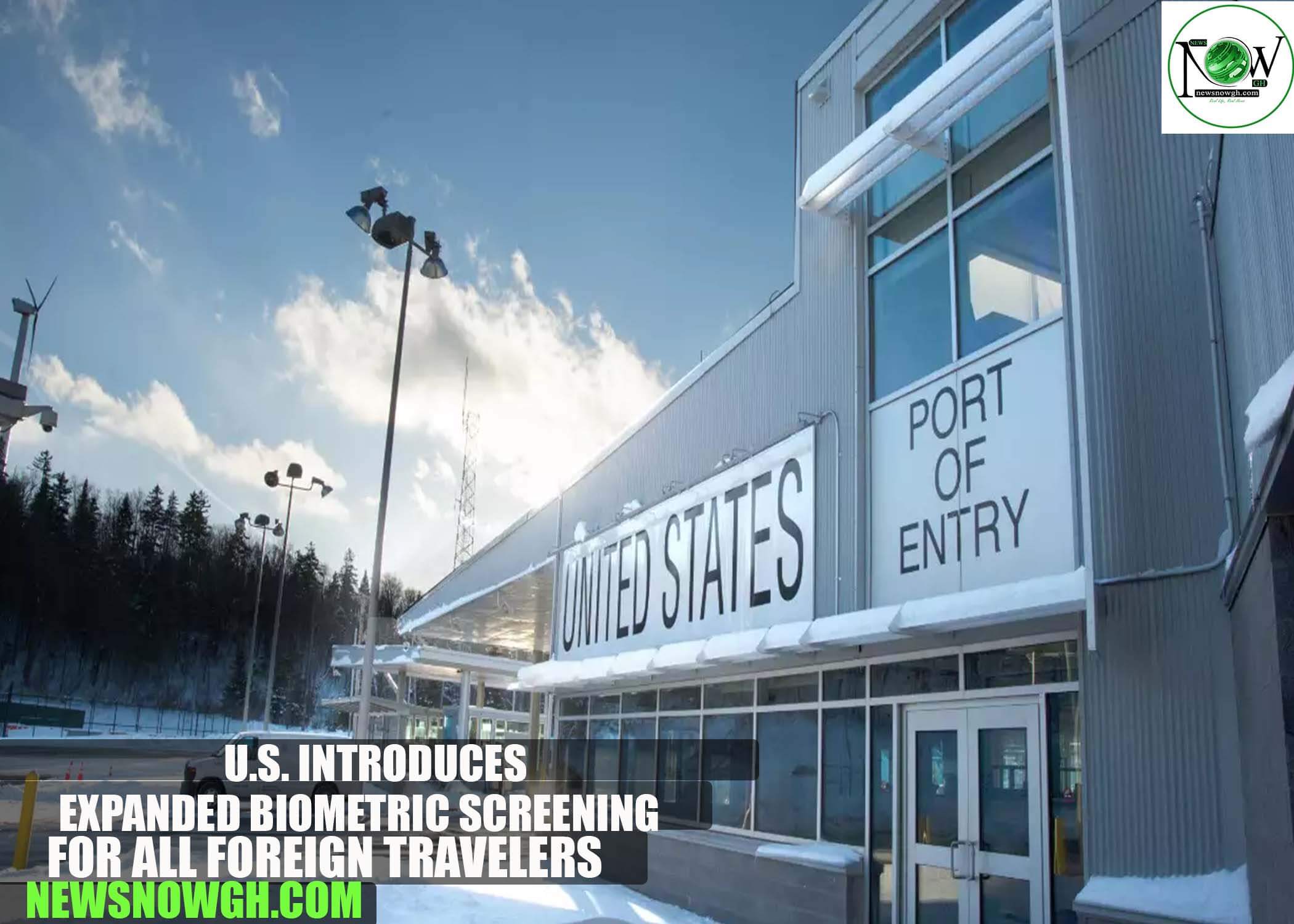U.S. Introduces Expanded Biometric Screening for All Foreign Travelers, Including Green Card Holders
The United States is taking significant steps to bolster its border security. Recently, the country implemented new biometric screening rules that require all foreign nationals, including green card holders, to be photographed upon entering and exiting the nation. This comprehensive policy aims to enhance national security and improve tracking of visa overstays by eliminating age exemptions.
Mandatory Biometric Checks for All
Previously, biometric checks like fingerprinting and photography applied only to select foreign visitors. Under the new Department of Homeland Security (DHS) regulations, every non-citizen entering or exiting the U.S. will be photographed. The DHS plans to extend fingerprint collection to include more individuals, eliminating exemptions for travelers under 14 and over 79 years old. This change means nearly all foreign visitors will now be subject to these requirements.
Customs and Border Protection (CBP) officers will conduct these checks at airports, seaports, and land borders. They will compare each traveler’s photograph against existing data from visa applications, passports, and immigration systems using advanced facial recognition technology.
Purpose of the New Policy
The DHS asserts that this expanded biometric collection will significantly enhance national security, reduce identity fraud, and provide better tracking of visa overstays. Essentially, the goal is to monitor who enters and exits the country accurately, a challenge that U.S. authorities have faced in the past.
In a recent Federal Register filing, CBP emphasized that a comprehensive entry-exit system would improve immigration record accuracy. This initiative aims to identify individuals who overstay their authorized stay or enter the country unlawfully. The new system builds on nearly two decades of development, which started in 2004 with the collection of fingerprints from certain non-citizens upon entry. However, consistent exit tracking has been lacking until now.
Broader Immigration Context
This update coincides with a heightened focus on immigration enforcement during President Trump’s second term. Since his term began in 2025, the administration has enacted several stringent policies, including:
- Elimination of birthright citizenship
- Increased ICE raids
- Stricter visa scrutiny
Authorities have intensified social media checks for visa applicants, leading to detentions and deportations for individuals flagged by the new vetting processes.
Expectations for Travelers
Foreign nationals, including permanent residents, can anticipate more rigorous screening when entering and leaving the U.S. While photographs are the first step in this new process, additional biometric checks (such as fingerprinting) may soon follow. Travelers should prepare for longer processing times and more detailed identity verification.
For U.S. authorities, this initiative represents a crucial advancement toward establishing a unified, technology-based system that thoroughly records the entry and exit of every foreign visitor.
Conclusion
In summary, the U.S. is now photographing all foreign travelers, including green card holders, at entry and exit points. This marks a notable expansion of the country’s biometric control system, aiming to enhance security and improve the monitoring of foreign nationals. As these changes unfold, travelers must remain aware of the evolving requirements and prepare for a more comprehensive screening process.
READ MORE
- Lithuania Updates Country List for Residence Permits and Visa Applications
- Japan to Introduce Significant Increase in Visa and Departure Fees for International Travelers
- China Introduces New Online Visa Application System for US Travelers: Step-by-Step Guide
- Shanghai Introduces New Residence Permit to Attract Skilled Foreign Professionals
- New Zealand to Launch Online Application System for Guardian Visitor Visa Starting November 2025






